The Flaming Lips have done a pretty nice cover of Black Sabbath’s War Pigs.
Author: ChrisC
York Minster from Lop Lane
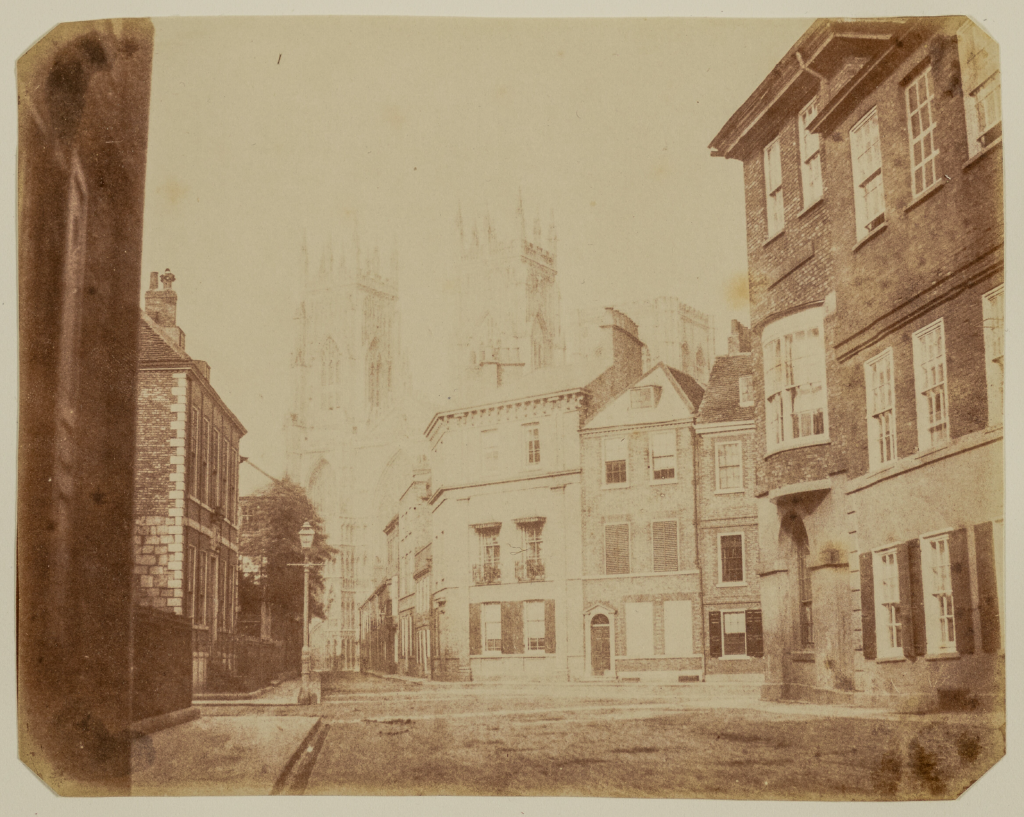
Whilst poking around on Getty.edu’s art search site I managed to stumble on this fascinating but sadly poor photograph of what is now the junction between Museum Street, St Leonard’s Place, Duncombe Place, and Blake Street. The photos current location can be seen on the StreetView below.
Continue reading “York Minster from Lop Lane”Language Models are Injective and Hence Invertible
Arxiv has an interesting paper on LLM reversibility and, while the maths is way over my head, the implications of it are definitely interesting.
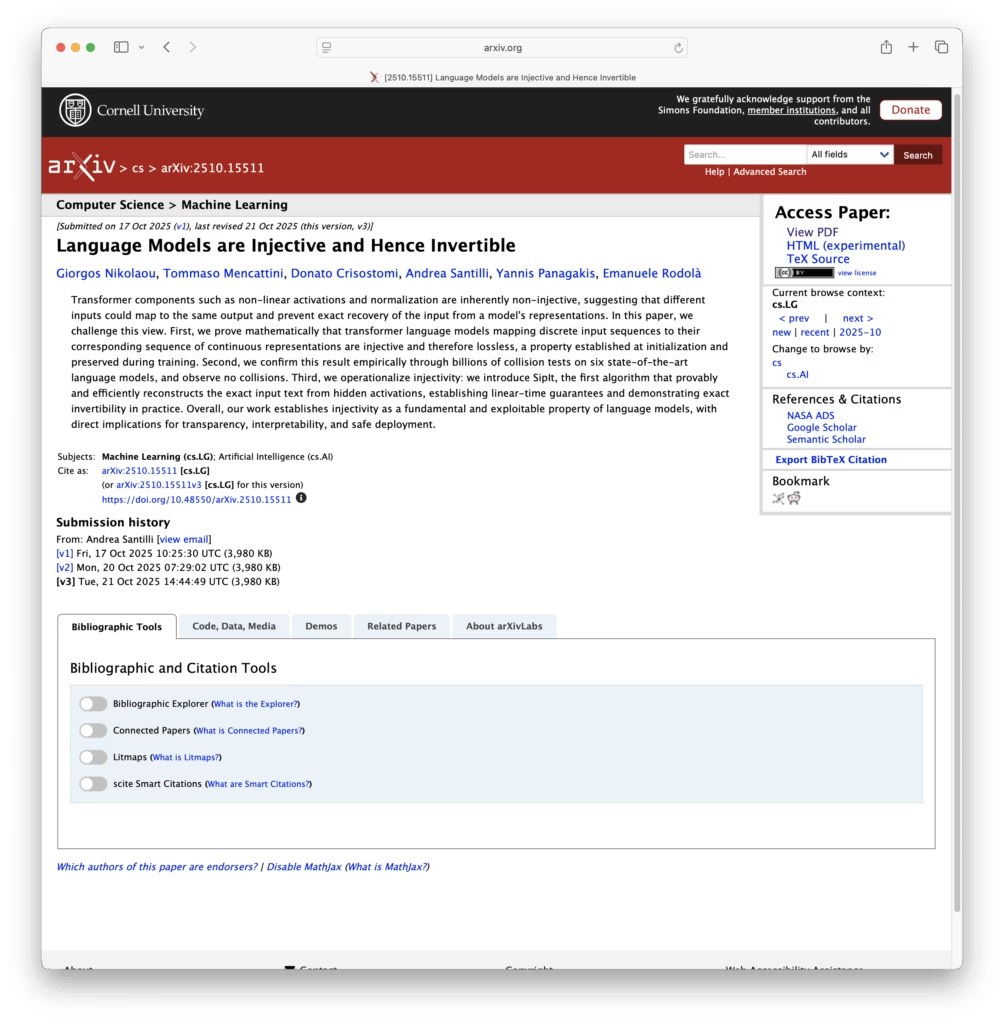
The Cray Y-MP C90
It’s the start of the month and over at Retro Computer Adverts there’s a rather lovely brochure for the Cray Y-MP C90 in all of it’s early 1990s glory.

ISS in Real Time
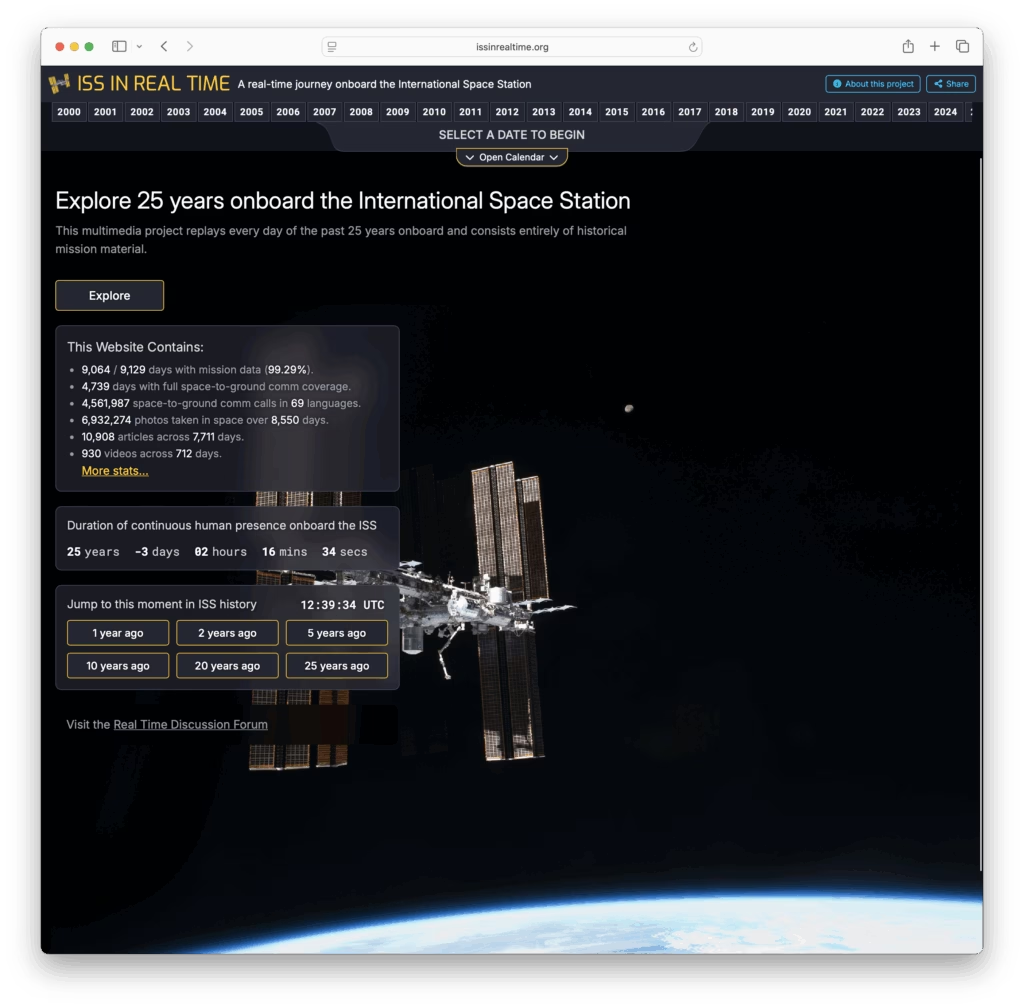
The ISS in Real Time is a fully interactive timeline of the ISS’s operation and is more than a little cool. They’ve managed to dig out all sorts of old footage and photos, crew manifests and daily schedules, and have put it all together in a pretty but usable interface. The flightpath widget is also a nice way of showing where the station was at any particular time.
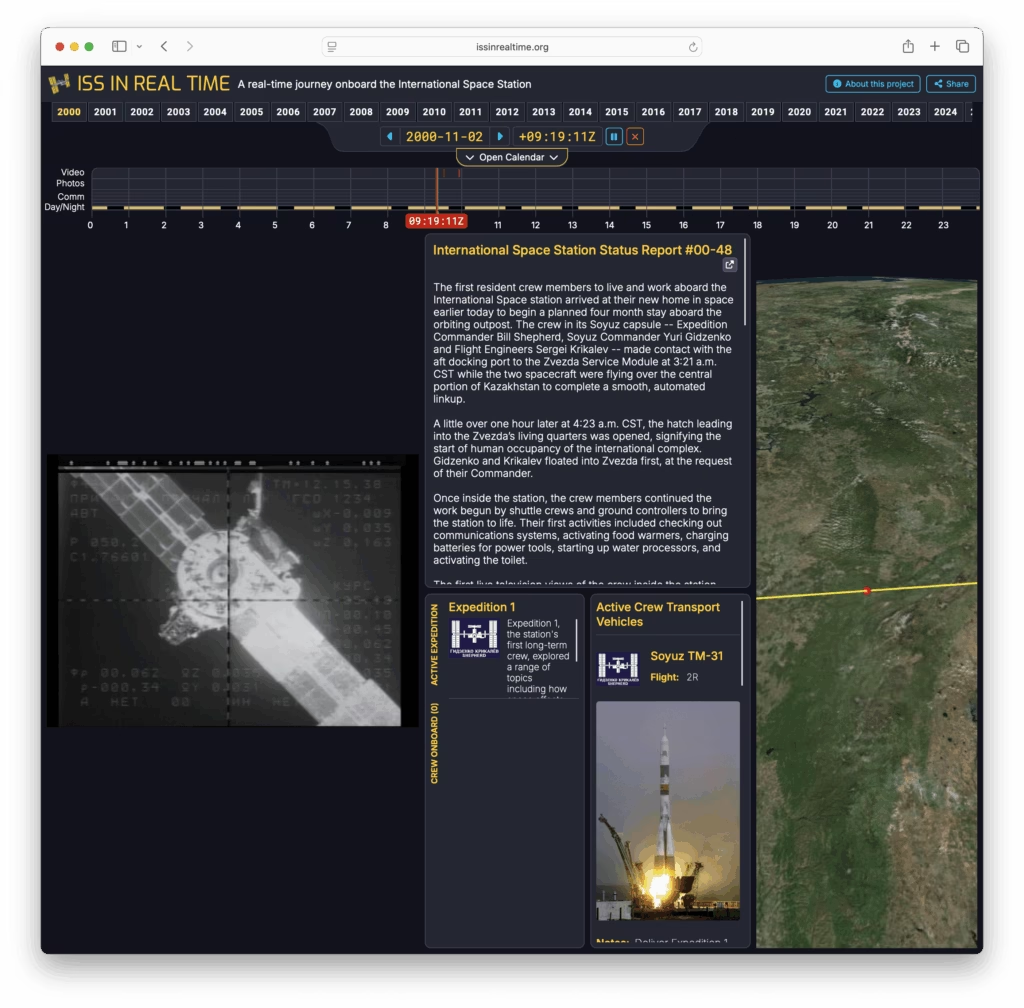
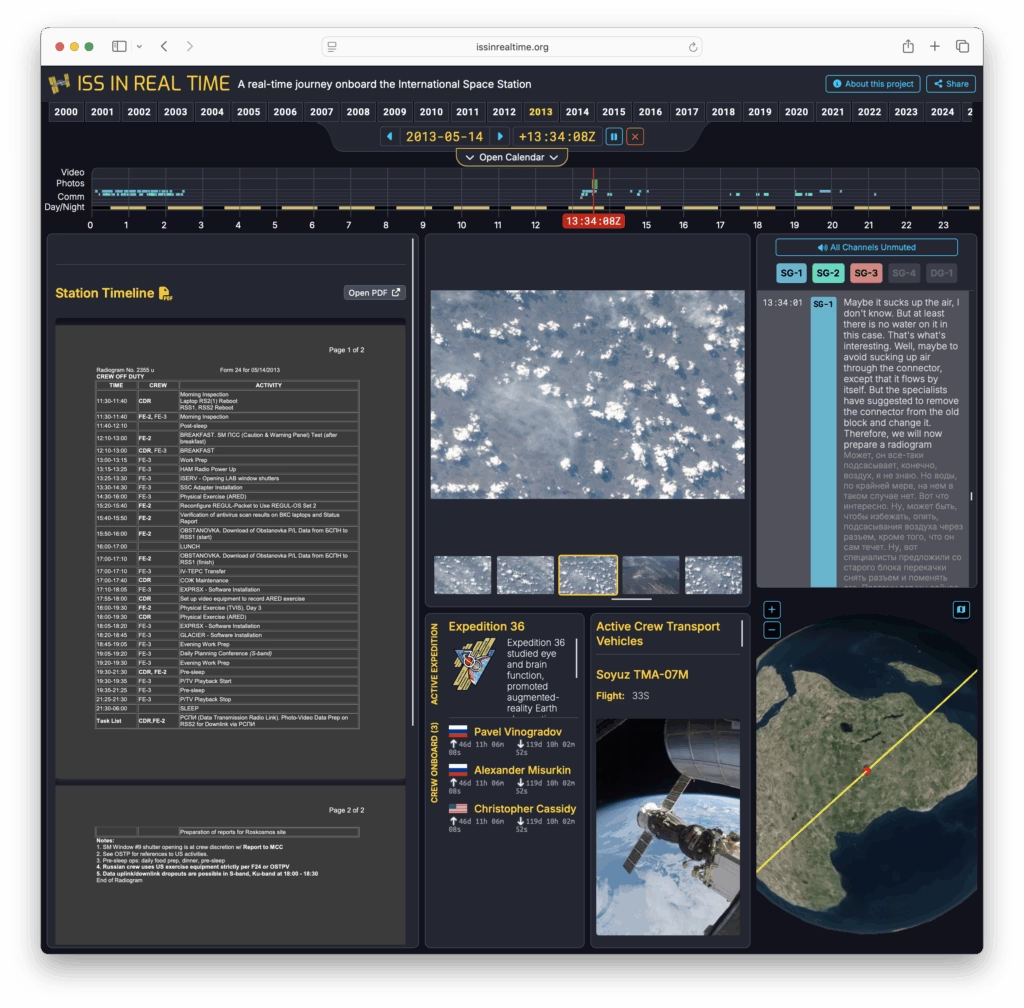
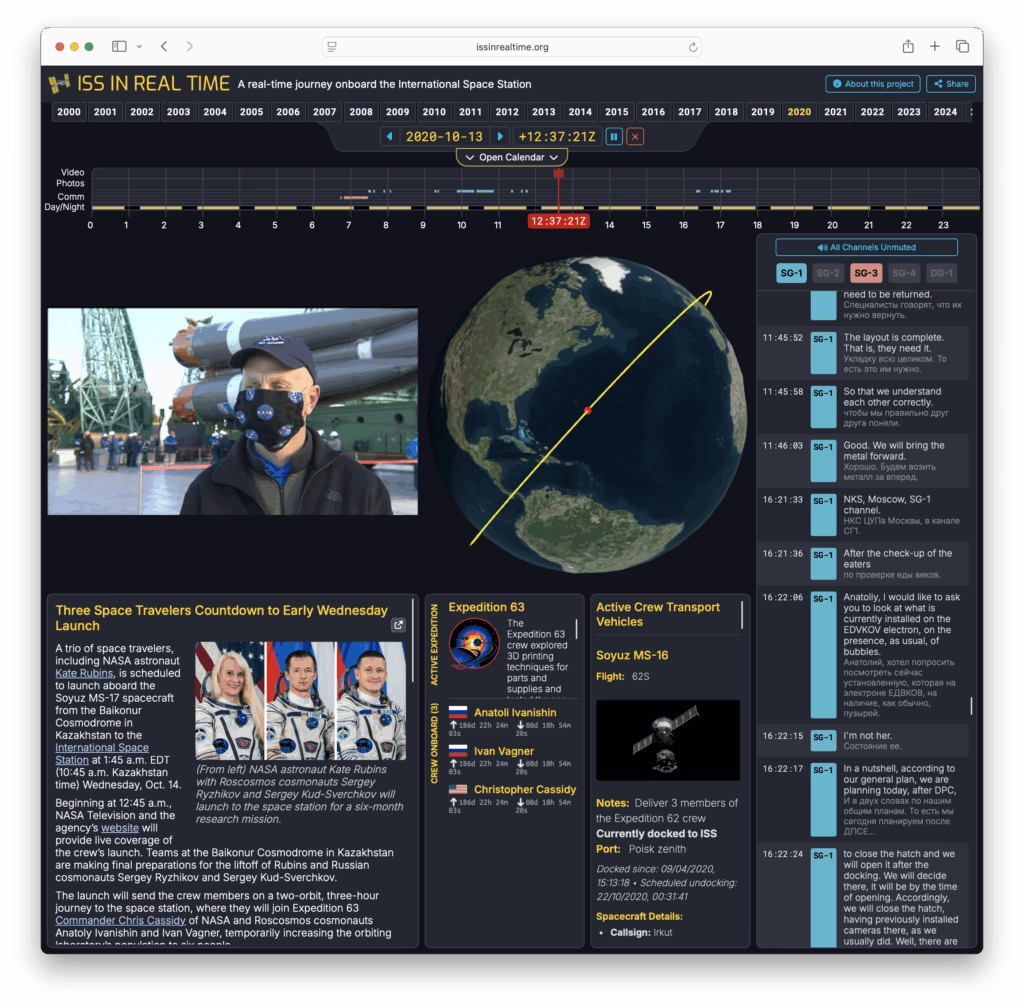
The Masterplan / Oasis (1995)
So The Masterplan is 30 years old today. Do you feel old yet?
BSE, A 90s Chronology of Events

And here’s another interesting chunk of Archivery via Period Sites in Period Browsers that doesn’t appear to be online anywhere else – A mid 1990s chronology of the BSE outbreak in the UK as published by the MAFF.
Continue reading “BSE, A 90s Chronology of Events”The Middlecave Yard Demolition and Rebuild – Mid October 2025
See more of the Middlecave work here!
And here’s mid-October’s update on the Middlecave Yard Demolition and rebuilt.
The site as seen from across Middlecave Road.
Continue reading “The Middlecave Yard Demolition and Rebuild – Mid October 2025”First Shape Found That Can’t Pass Through Itself
Quanta Magazine has a nice article on a question I’d not even thought about – can all shapes pass through themselves? And, apparently, the answer is ‘no’, but only for a very limited number of shapes.

The article is pretty good and breaks down the problem and its history quite nicely. Go read!
The Lonely Shore / BBC (1962)
The BBC archive has just thrown up this lovely little clip. Shot in 1962, this short Ken Russel piece can only be described as a post apocalyptic archeological report. It has good fun misidentifying various pieces of 60s paraphernalia and contains a couple of sly digs at archaeology’s propensity to call anything it doesn’t understand ’religious’.
It also has a few subtle hints as to the nature of this post apocalyptic world; there’s still no mass production, no knowledge of radiation, nor (given the ignorance of the electric fire) apparently, electricity. Indeed, destruction must have been almost total – no books, no photos, no pictures. Even no real oral history.
The BFI also has a nice article on The Lonely Shore here.






